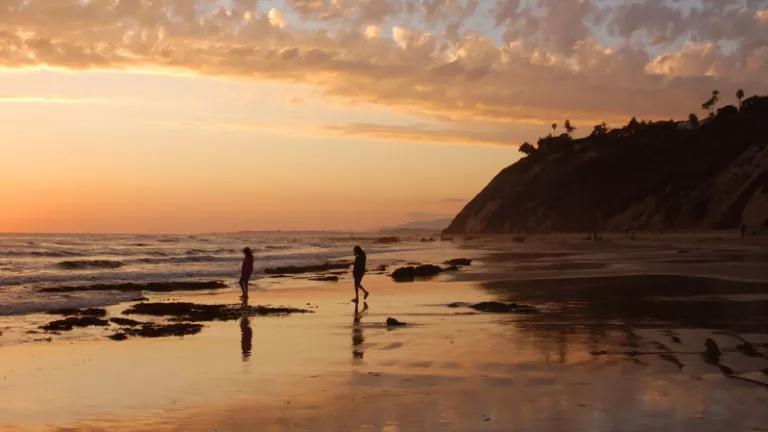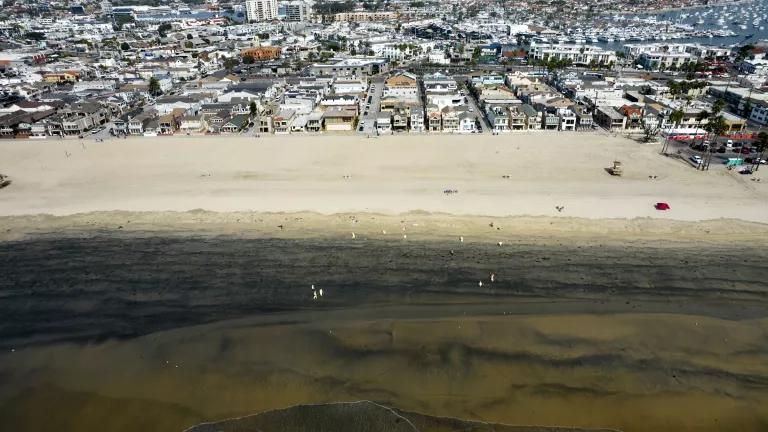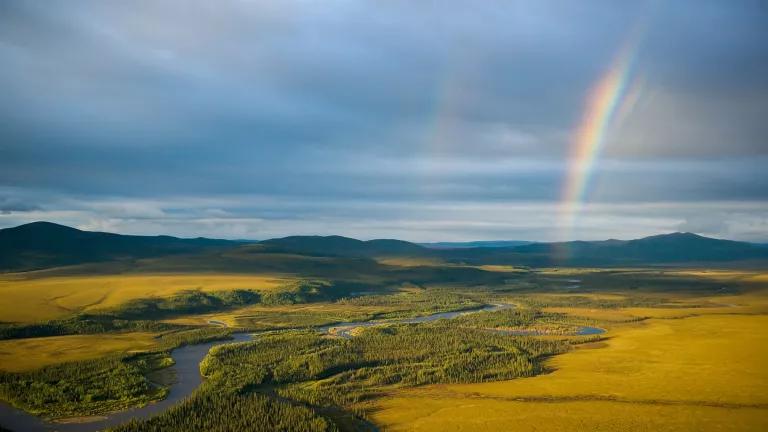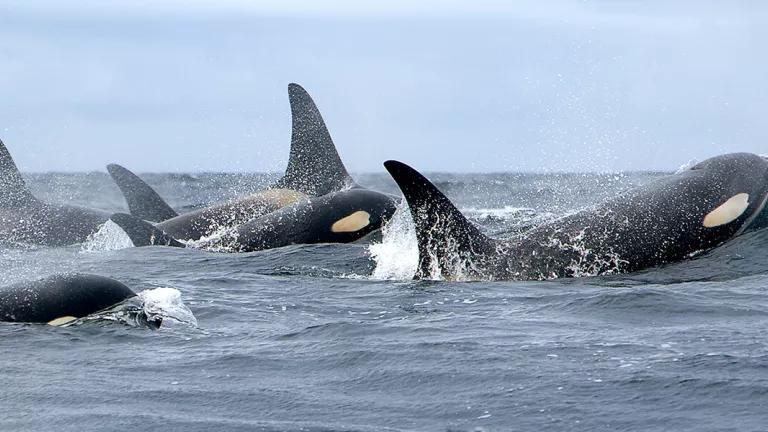What's on the Horizon for California's MPA Petitions
As state agencies begin their evaluation of the 20 petitions proposing changes to California's MPA network, it is crucial to strive for ambitious ocean conservation actions.

Beachgoers enjoy the sunset at Arroyo Burro Beach in Santa Barbara, California.
Every year, the White House proclaims June as National Ocean Month, calling upon communities across the United States to “take action to protect, conserve, and restore our ocean and coasts.” Restoring and conserving ocean health is daunting in light of the threats that our marine ecosystems face, ranging from heat waves that devastate kelp forests and seagrass meadows to increasingly acidic waters that degrade ecosystem biodiversity across rocky reefs and other marine habitats.
However, marine protected areas (MPAs) offer a solution to help conserve biodiversity and ocean health. California is in the process of reviewing its MPA network for the first time in 10 years. This review offers the chance to fortify the network against new threats, such as rapid warming, ocean acidification, and new industrial ocean uses. Further, the review is taking place in the context of Governor Gavin Newsom and the state legislature’s commitment to conserving an additional 500,000 acres of coastal waters as part of the global 30x30 movement.
Late last year, the California Fish and Game Commission (FGC) received 20 petitions from the public that suggested changes to the MPA network as part of an ongoing adaptive management process. In April, the FGC approved an evaluation framework created by the California Department of Fish and Wildlife (CDFW), outlining a three-phase process that begins with sorting the petitions into two “bins” that determine if they will be evaluated in the near term or long term. Starting with Phase 1, CDFW recently completed its draft binning of the 20 petitions based on criteria such as petition complexity, resource needs, and potential for controversy.
On July 17, a subset of the FGC will convene at the Marine Resources Committee (MRC) meeting in Santa Rosa, California, where CDFW will present its draft binning of the MPA petitions and the public will have an opportunity to discuss the draft directly with both agencies. To note, feedback submitted to the FGC by July 5 can help shape the discussions slated for the July MRC meeting. Future actions for Bin 1 petitions and other priority recommendations identified by the Decadal Management Review report will also be discussed as part of the proceedings.
Finally, during its August meeting, the full Commission is expected to review and approve the binning and next-step recommendations resulting from the July MRC. Once the bins are approved by the FGC, CDFW anticipates beginning Phase 2 of the evaluation process, which will involve identifying each proposed action for Bin 1 petitions and identifying the additional information needed about Bin 2 petitions. Members of the public are invited to comment at both of these summer FGC meetings. As the evaluation of these petitions continue, it is crucial to advance adaptive management decisions that ultimately strengthen and expand the MPA Network.
The California Ocean Protection Council recently notes in its 30x30 Draft Decision-Making Framework for Coastal Waters that “fully or highly protected areas have the greatest potential to protect biodiversity, confer resilience, and benefit species and ecosystems.” Maintaining the efficacy of our state MPA network requires that management regimes adapt to the rapid changes occurring in our marine ecosystems and coastal communities. For California to honor the directives of National Ocean Month, we urge state decision-makers to pursue ambitious ocean conservation efforts that result in long-lasting protections and a thriving ocean ecosystem.


